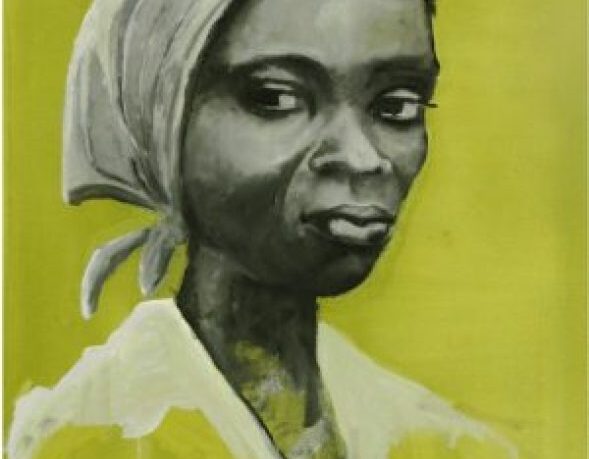Breffu was an Akwamu leader of the 1733 slave insurrection on St. John (then known as St. Jan) in Danish West Indies. She committed suicide with 23 other rebels to evade capture as the rebellion weakened in 1734.
Breffu was enslaved at a plantation owned by Pieter Krøyer, and lived in Coral Bay. On 23 November 1733, hearing the signal of a canon fired from Fort Fredericksvaern, Breffu entered the main house and killed both Krøyer and his wife. Taking all gunpowder and ammunition, and accompanied by fellow slave Christian, Breffu then proceeded to the Van Stell family house, where she killed three members of the plantation owner’s family.
Some slave masters were able to get off the island on boats and the Akwamu people gained control of most of the territory. Under the leadership of Breffu, the plan of taking over the plantations was successful until the early part of 1734,when the French collaborated with the Danes to take back the island.
On November 23, 1733, the rebellion against their masters started as planned. Going about their regular duties, the slaves had previously hidden knives in wood that they delivered to the fort at Coral Bay. After successfully entering Fort Fredericksvaern, the slaves killed majority of the soldiers in the fort. While they fought, John Gabriel, a soldier, managed to escape and alert the Danish officials, but the alert was too late as the slaves managed to take over the fort and fire the cannon from the fort indicating the takeover.
Back in their plantations, Breffu and other slaves waited patiently for the signal from the fort. The successful firing of the canon indicated that slaves in their plantations could kill their masters. Together with Christian, Breffu raced into the home of her master, Pieter Krøyer and murdered him and his wife. Other slaves followed suit taking all the ammunition and gunpowder they could carry. Breffu continued and killed three members of the Van Stell family, one of the wealthiest families on the island.
A few slave masters managed to escape off the island on their boats, and the Akwamu people took control of most of the island. Their plan was to take over the plantations and use Africans of other descent as slave-labour just as was practised in the Kingdom back in Ghana.
With Breffu as their leader, they were successful until early 1934 when the French military had finally agreed to help the Danes regain the Island and their lost plantations.
In April 1734, during a ritual, Breffu and 23 other Akwamu rebels committed suicide to prevent being captured. Their bodies were found at Browns bay minutes after the suicide ritual. A few weeks later in May, the Akwamus were defeated by the French Military due to the advantage of ammunition. By the end of May, many surviving plantation owners regained their property. The last Akwamu rebels were killed in August, 1734 officially ending the 1733 slave insurrection on St John.
In many accounts of this rebellion it is revealed that until her death, the French military and many slave masters of the West Indies did not know that the leader of the uprising was a woman. Many were shocked at the revelation and were mortified that a woman single handedly led one of the most extended rebellions and take over known in the New World. Breffu is popularly called the ‘Queen of St John’.
Bibliography:
- “The story of Breffu, a female slave from Ghana who led a massive slave revolt to take over the West Indies in 1733”. Face2Face Africa. 2018-09-03. Retrieved 2019-09-17.
- St. John Tradewinds (19 June 2006). “Three Local Queens Embodied in Chautauqua Series”. St. John Tradewinds. Retrieved 31 March 2018.
- Andrea Milam (5 July 2014). “New Troupes Dance Through Cruz Bay Alongside Old Favorites at 60th Anniversary Festival Parade”. St. John Tradewinds. Retrieved 31 March 2018.
Source: ghanaianmuseum.com




